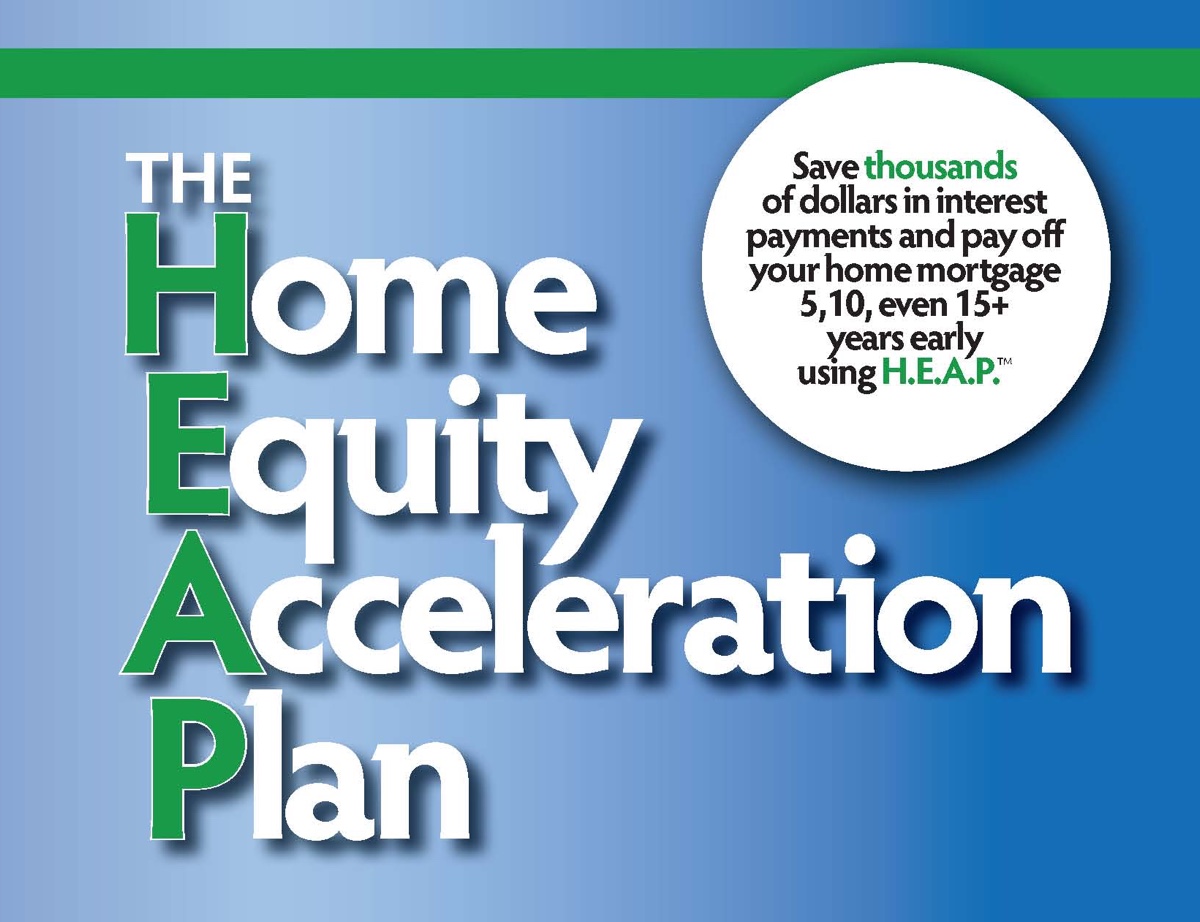Profit Sharing Plans
A Profit Sharing Plan is a qualified retirement plan where the annual contribution limits are 25% of pay or $61,000 in 2024.
A combined 401(k)/Profit Sharing Plan allows an employee/owner to “max out” the pension plan contributions; although, it is very painful to “max out” due to the amount of money required for the employees to be funded.
In order to limit the pain of funding a PSP for a company’s employees, certain testing options are used to skew the contributions in favor of highly compensated employees (usually the business owners).
The following are the main options a business has to test its qualified plan and skew the numbers in favor of key employees:
- “Integration” with Social Security
- Age-Weighting the Contribution
- New Comparability Classification Plans
“DASH 401(k)”
Perhaps the most exciting development in retirement plan design today is the “New Comparability” Profit Sharing Plan. This innovative method allows the sponsor to make substantial contributions to selected groups of employees while limiting the cost for other groups by using an “age-weighted” mechanism to satisfy nondiscrimination testing. Essentially, if the preferred employees are older than the average age of the non-preferred employees, this design can dramatically skew benefits to the older groups. A Double Advantage Safe Harbor (DASH) 401(k) plan combines a “safe harbor” 401(k) plan with a new comparability profit sharing feature. The results are often dramatic and compelling.
To determine if your business has the proper 401(k)/profit sharing plan design and if there is a way to tweak the design to skew the numbers in favor of your key employees/business owners, please contact our firm at info@thewpi.org for a free consultation.
While most people think it’s a good idea to fund a “tax-deferred” qualified retirement plan; many times not the case. In fact, tax-deductible qualified retirement plans can be more tax-hostile than tax-favorable.
Are Qualified Plans Tax-Hostile or Tax-Favorable?
You may have had someone ask you if it is better to pay taxes on the harvest or the seed? What this question is asking you is whether it is a better idea to pay income taxes now on your current income (the seed) if you could let that money grow tax-free and be removed tax-free later in retirement, or is it a better idea to let your money grow tax-deferred for years in a qualified retirement plan and then pay income taxes on ALL of the money that is withdrawn (the harvest).
We’ve run the numbers and for most clients under the age of 60, paying taxes on the seed while letting your money grow tax-free and come out of a wealth-building tool tax-free in retirement will be much better than simply income tax-deferring money the traditional way through a 401(k) or other tax-deferred qualified plan.
To learn how you can build a tax-favorable retirement nest egg outside of a qualified retirement plan, please click here or on the picture below.







